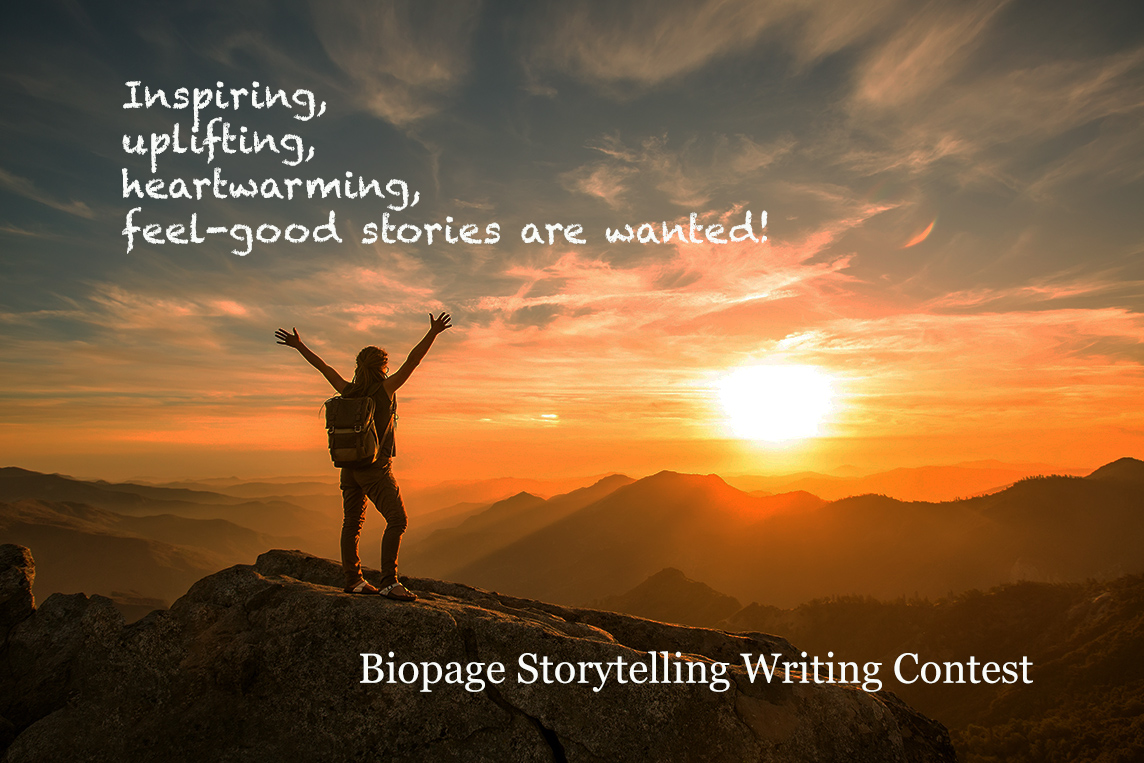A neglected Story – the Legacy of Splitting the Atom
An African proverb says that he that has witnessed a lightning strike would not want to walk under the rain again. Veterans of World War 2 and survivors of the first nuclear bomb devastation still find the horrors of those explosions unimaginable. The horribleness and aftermath of psychological trauma and stigma of survivors is so bad, that it's very difficult to get survivors recount the story. Elizabeth Chappell, an oral historian at the Open University in the United Kingdom, explains how difficult it is to get Hibakusha (survivors of the August 1945 nuclear attack) to talk. “They're very protective of their stories. I was told I wouldn't get interviews.” (SOLLY, 2020). Fred J. Olivi a co-pilot of the B-29 bomber that drop the bomb on Nagasaki wrote in his published article on the effect of the Nagasaki atomic explosion, he said "Suddenly, the light of a thousand suns illuminated the cockpit. Even with my dark welder's goggles, I winced and shut my eyes for a couple of seconds.” (Olivi, 1999). Not even children were spared, as the recount of a fourteen years old boy said "Night came and I could hear many voices crying and groaning with pain and begging for water. Another said, 'I hurt! Give me water!' This person was so burned that we couldn't tell if it was a man or a woman. The sky was red with flames. It was burning as if scorching heaven." (Atomic Heritage Foundation, 2021). Unfortunately this historic apocalypse like event seems to be forgotten quickly, Chappell in 2018 after her findings said, “The Hibakusha were the unwelcome reminder of an unknown, unclassifiable event, something so unimaginable society tried to ignore it.” (SOLLY, 2020). History, sometimes might seems to be like a grave that never wants to be uncovered again, but has proven most times to be the Holy Grail that has been under search for so long. Sometimes the only way to prevent the reoccurrence of a gory history is to go back to unravel it. The history of the atomic bomb devastation was one that the world decided to bury and forget about, and it's not surprising that many young people of this generation see nuclear weapon as a cool stuff, that a government should have in its weapon arsenal. Just as the African proverb which says; he that has witnessed a lightning strike would not want to walk under the rain again, Japan having being the only country that have undergone the trauma of atomic bombing is the only country which is constitutionally committed to a policy of non-armament, by article 9 of its constitution it has abandoned war as a sovereign right of the nation and since 1952 has stood by its three non-nuclear principles, namely: not to produce, not to possess and not to import nuclear weapons. Atomic bomb a sought after weapon for terrorist is only so, because they have never witnessed one before, the world cannot afford another nuclear bombing to demonstrate the danger of nuclear weapon, but teaching it history, even as fundamental topic for school student would go a long way in nuclear deterence and arms control. It is a common statement, that there is no matter or scientific knowledge that is evil, it only depends on it usage. The fact that an aeroplane was used to perpetuate the 9/11 attack did not make aeroplanes to be banned. Even though nuclear technology has it own detriments and might have been used wrongly in time past, it does not necessitate a total banning, as you don't amputate a man's hand because of a bleeding finger, but rather treat the injury. Fortunately for us, nuclear technology has not yet be proliferated to a level where the situation can't be salvaged. It is worthy of note that the government of most nuclear nations and even non-nuclear nations have been making considerable effort in this direction, such as the Nuclear Non-Proliferation Treaty (NPT), which set a framework for increasing access to peaceful uses of nuclear energy. And since the inception of this treaty for some 53 years ago together with the help of International Atomic Energy Agency (IAEA), cooperation on peaceful nuclear energy has grown tremendously. However, more can still be done and should be done to achieve permanent stability on this issues, and this must exceed the conventional method and embrace new strategies. Thanks that the era of the cold war is over, what the world witnessed during that period can be referred to as the height of nuclear technology abuse. The number and magnitude of nuclear bomb detonated during this period was over 100 times more than what was used in the World War 2, with detonations done in all the major components of the earth: geosphere, atmosphere, hydrosphere and biosphere. In a nutshell, abandoning and dismantling nuclear weapons and replacing high risk nuclear technology with eco-friendly technology is the difficult, yet most promising decision to ensure a lasting solution. And this can only come by a well-coordinated multilateralism.







